Most ladies at court would often conceal their mouths using their fans and you will have to look hard for a portrait of a courtier smiling with their teeth showing, at least from the first part of the 18th century. No one wanted to have a smile broken by a missing tooth or two but the alternatives was horrific. During the first quarter of the 18th century false teeth would be made of wood or bone if you could afford it which would then be wired together and placed in the mouth. There was a somewhat breakthrough in 1728 when Pierre Fauchard (called the father of modern dentistry) managed to create false teeth out of enamel which looked exactly like natural teeth - the courtiers were delighted! He also tried to emphasize the importance of some dental hygiene rather than pulling the teeth out.
 |
| French dental set. The item in front of the box is an ivory and tortoise-shell tongue scraper |
Louis XIV was no stranger to tooth-problems. He suffered from continuous tooth-aches and decided to have the teeth of his upper jaw pulled out - the dentist, however, botched it and managed to extract a substantial amount of the King's jaw. Perhaps the King's doctor would have fared better had he not refused to perform the surgery because tooth-pulling was considered a "mechanical" job and as a doctor he was above that! Eventually, in 1712 Louis XIV appointed a dental specialist to his medical team. His successor, Louis XV, went even further and made his dentiste a nobleman.
Normally, dental hygiene was limited to tooth picks which the courtiers in their usual style had made of exotic materials such as ivory. Toothpaste did not emerge until 1780 and often contained strange if not dangerous ingredients such as burnt alum and dragon's blood!
 |
| Dental instruments of the late 18th century |
As if loosing your teeth was not bad enough most people had a horrible breath due to said teeth rotting. Those of the higher classes would combat the oral odours by chewing on cloves, orange peel, honey or perhaps cinnamon. If you were more dedicated to your dental hygiene you could use tooth powder which would be rubbed onto the teeth using a piece of cloth.
Progress might be made within dentistry but it was the lifestyle of the courtiers that decided the fate of their teeth. Never had there been so much sugar at court than now and a diet filled with pastries, crystallised fruit and sugar-filled coffee did not help matters.
Still, the French court had the advantage of presiding over the land that invented dentistry; even the word "dentiste" appeared in French before any other language. It was also a Frenchman who was summoned to Vienna by Empress Maria Theresia to correct the teeth of the young Marie Antoinette. It was the future Queen's portraitist Madame Vigée-LeBrun who would eventually challenge the tradition of always painting a closed mouth when she in 1787 revealed a self-portrait of where a line of white teeth could be discerned.
| Madame Vigée-LeBrun's self-portrait |




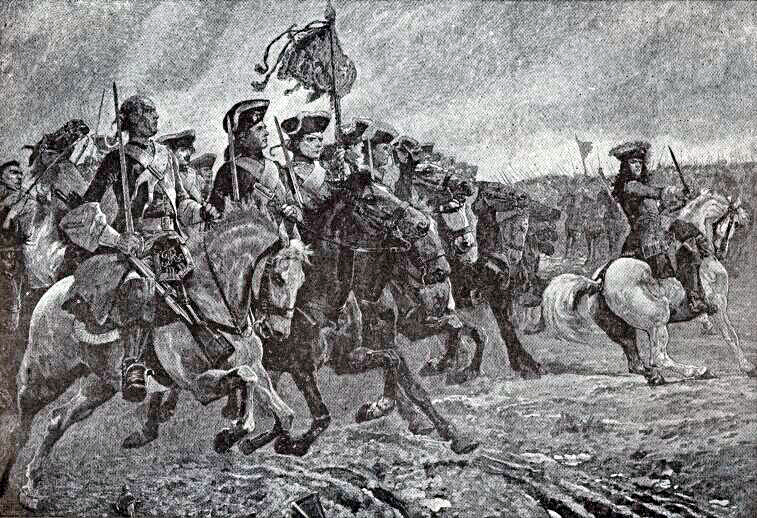






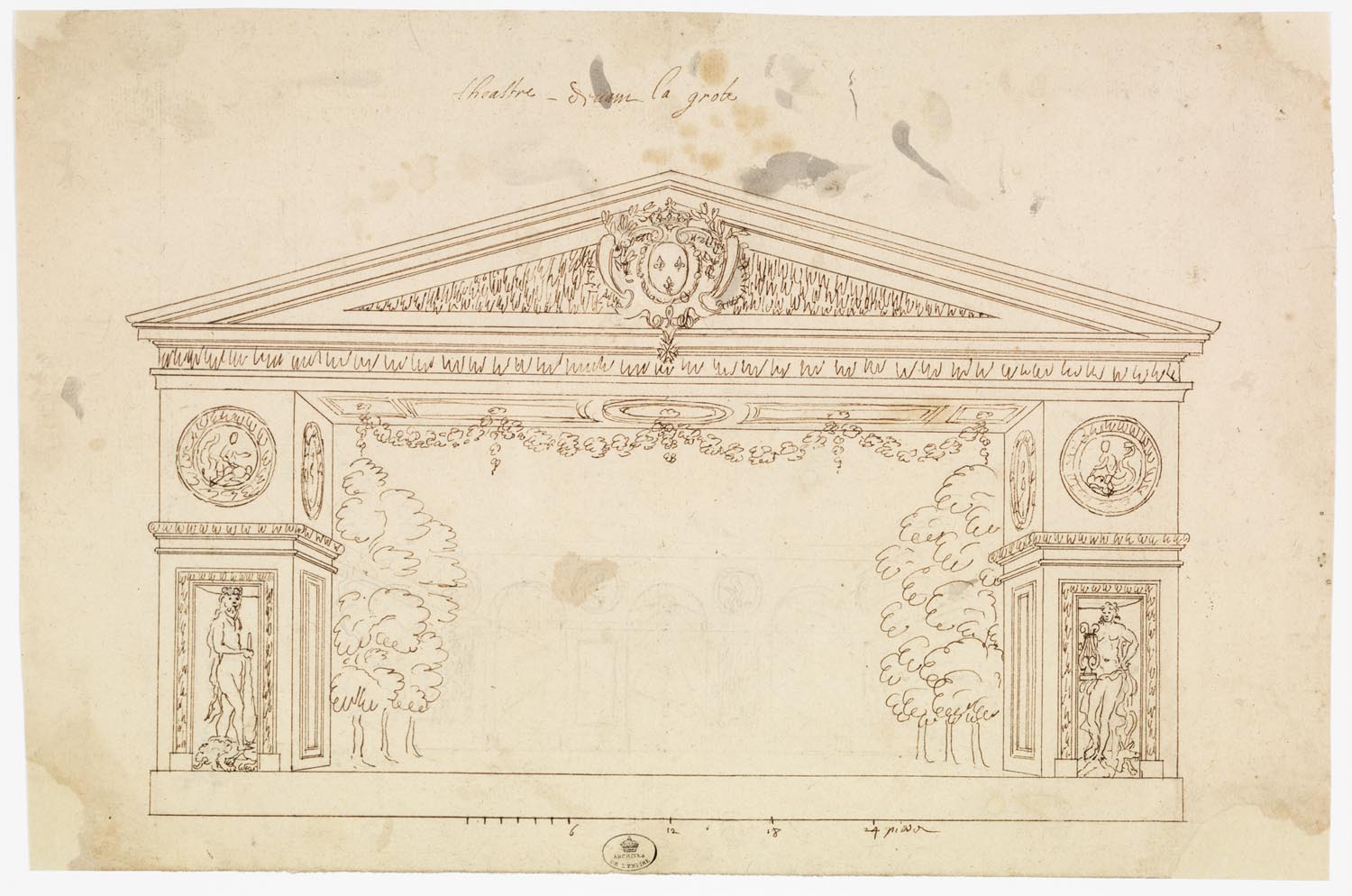








![François-Louis Lonsing, Portrait d'Emmanuel Céleste Augustin de Durfort, Duc de Duras (1741-1800), vers 1786, Musée des Beaux-Arts de Bordeaux[1]](http://upload.wikimedia.org/wikipedia/commons/thumb/1/13/Emmanuel_C%C3%A9leste_de_Durfort_de_Duras_%281741-1800%29.jpg/250px-Emmanuel_C%C3%A9leste_de_Durfort_de_Duras_%281741-1800%29.jpg)


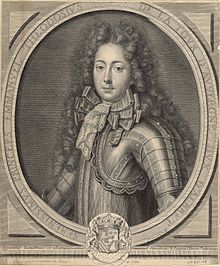












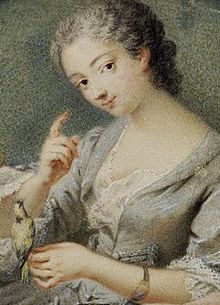



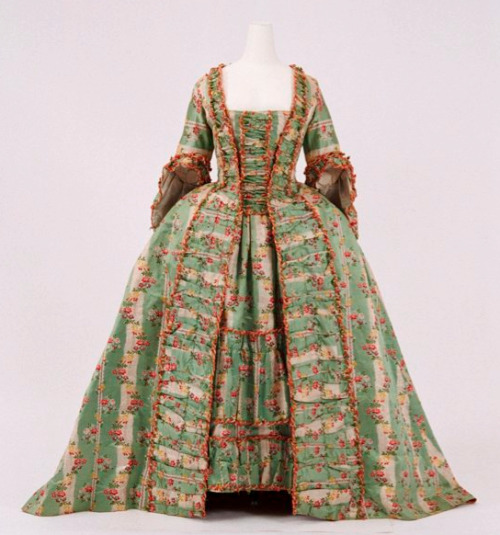
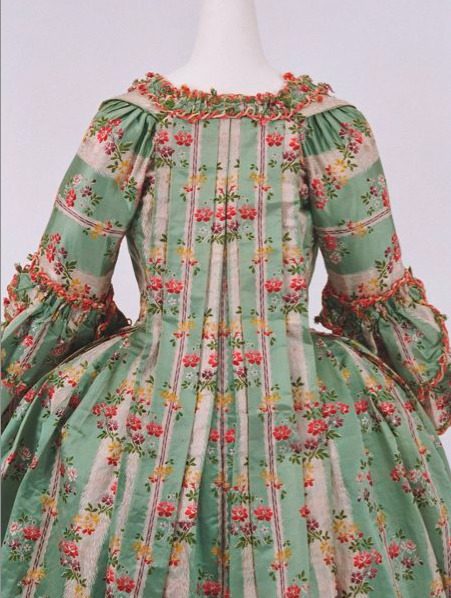
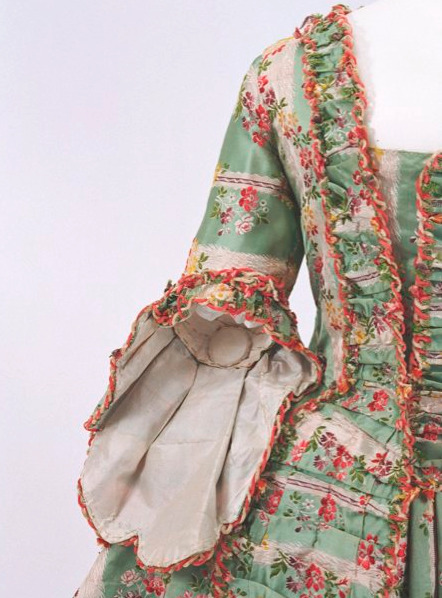




,_Pierre_Gobert.jpg)
